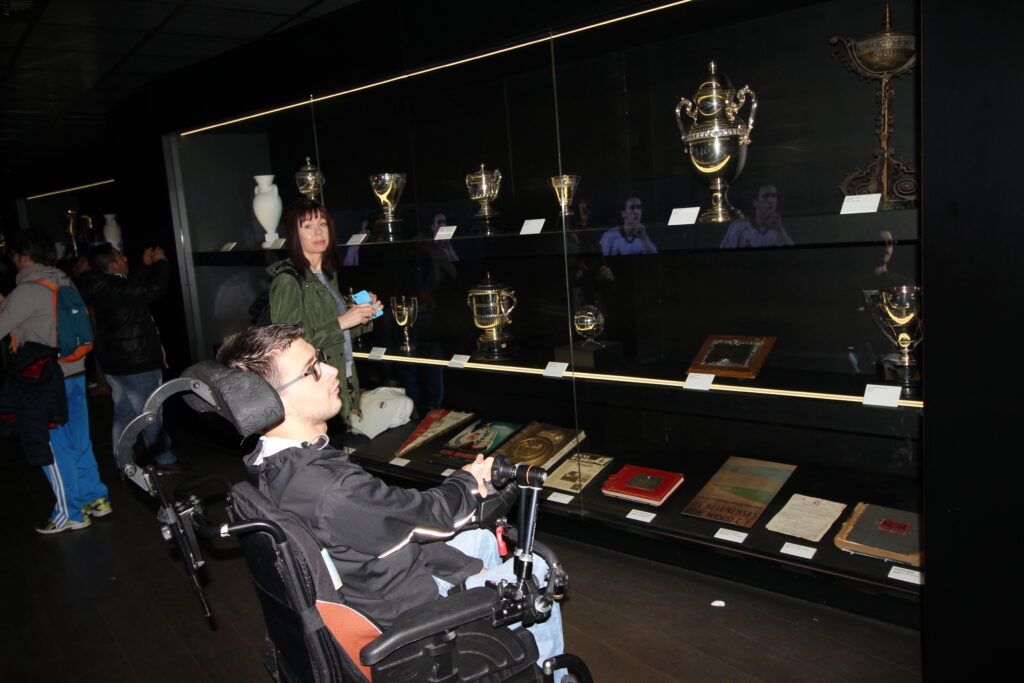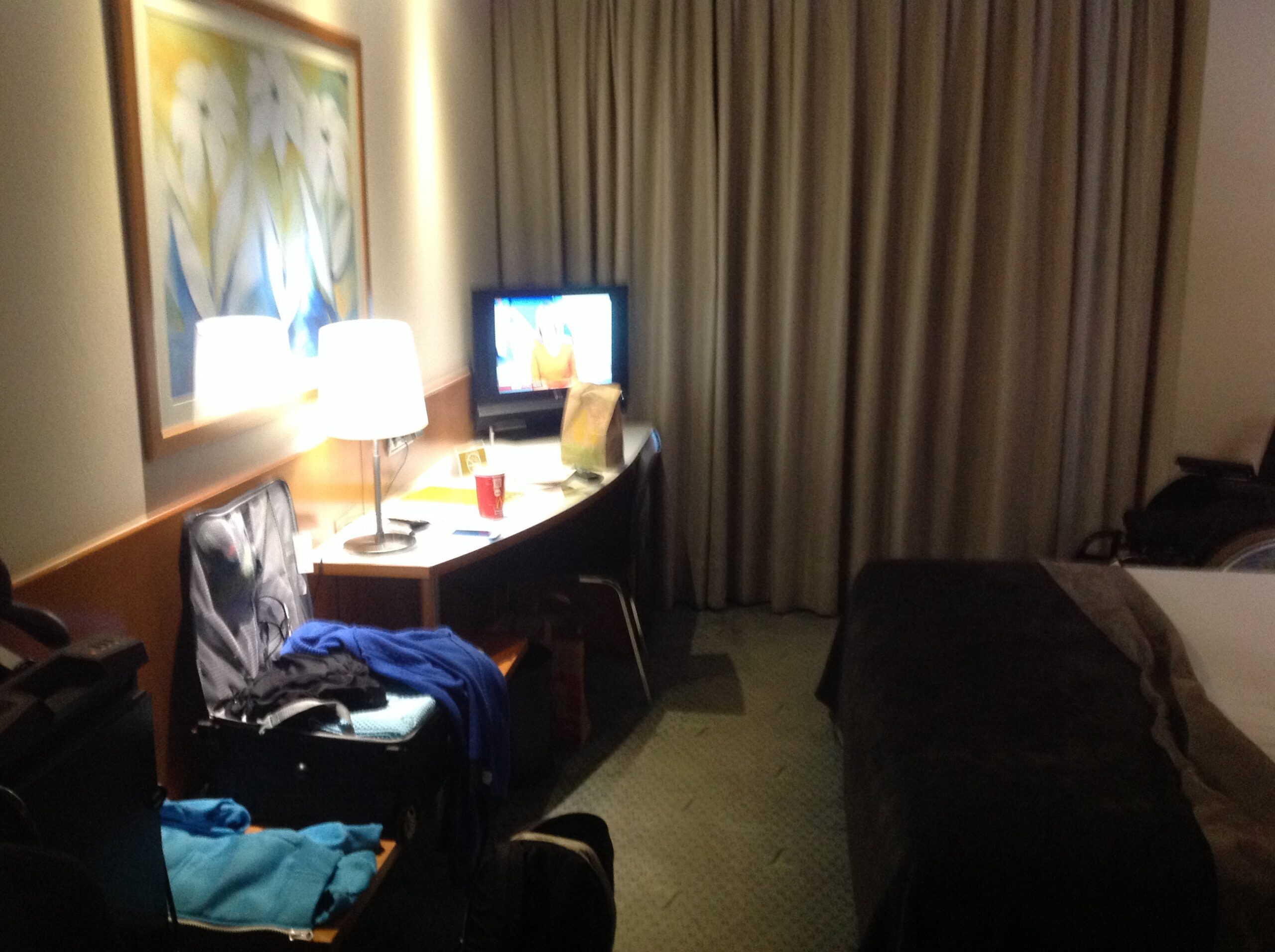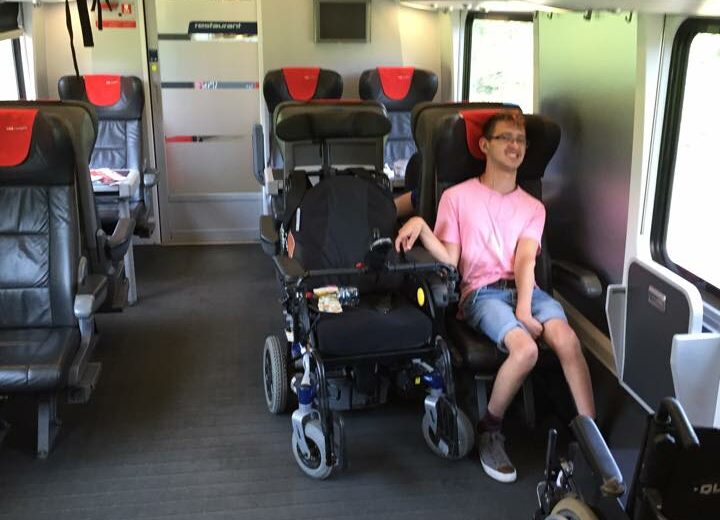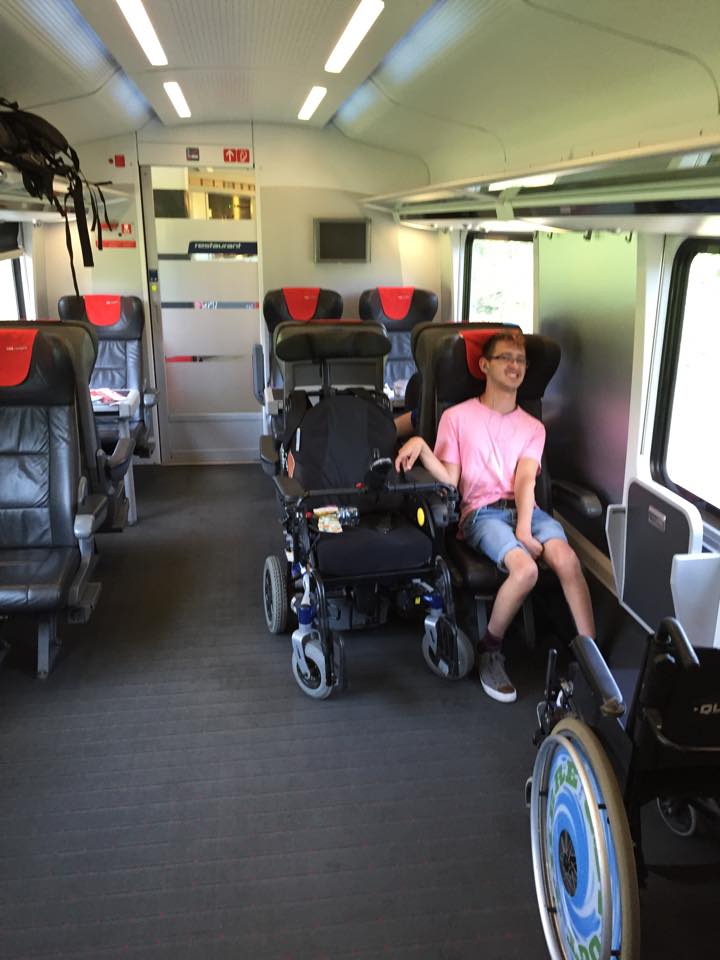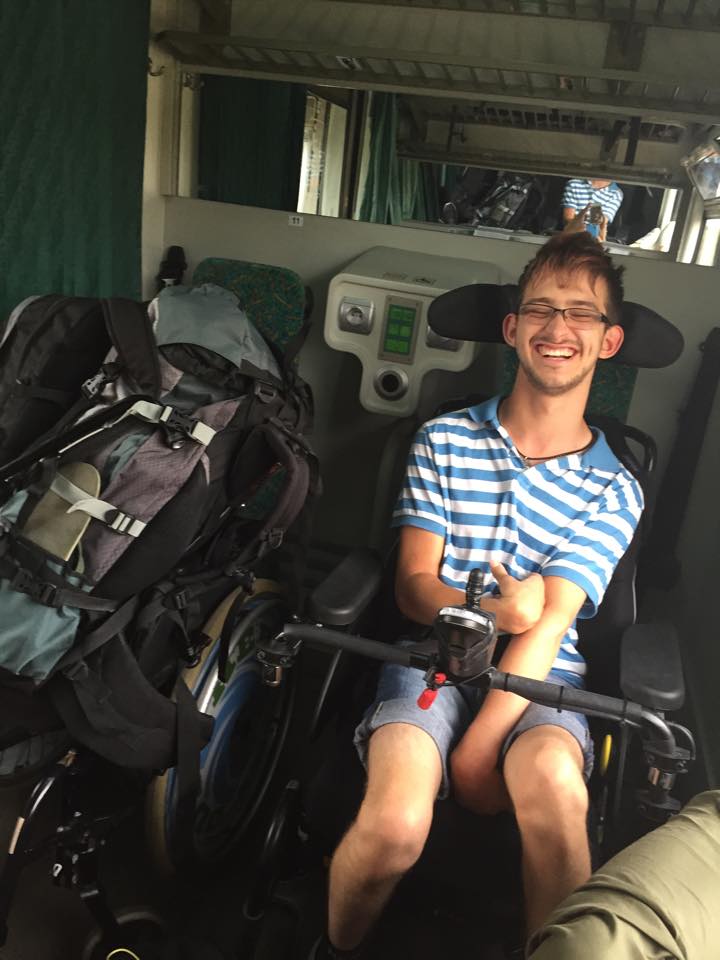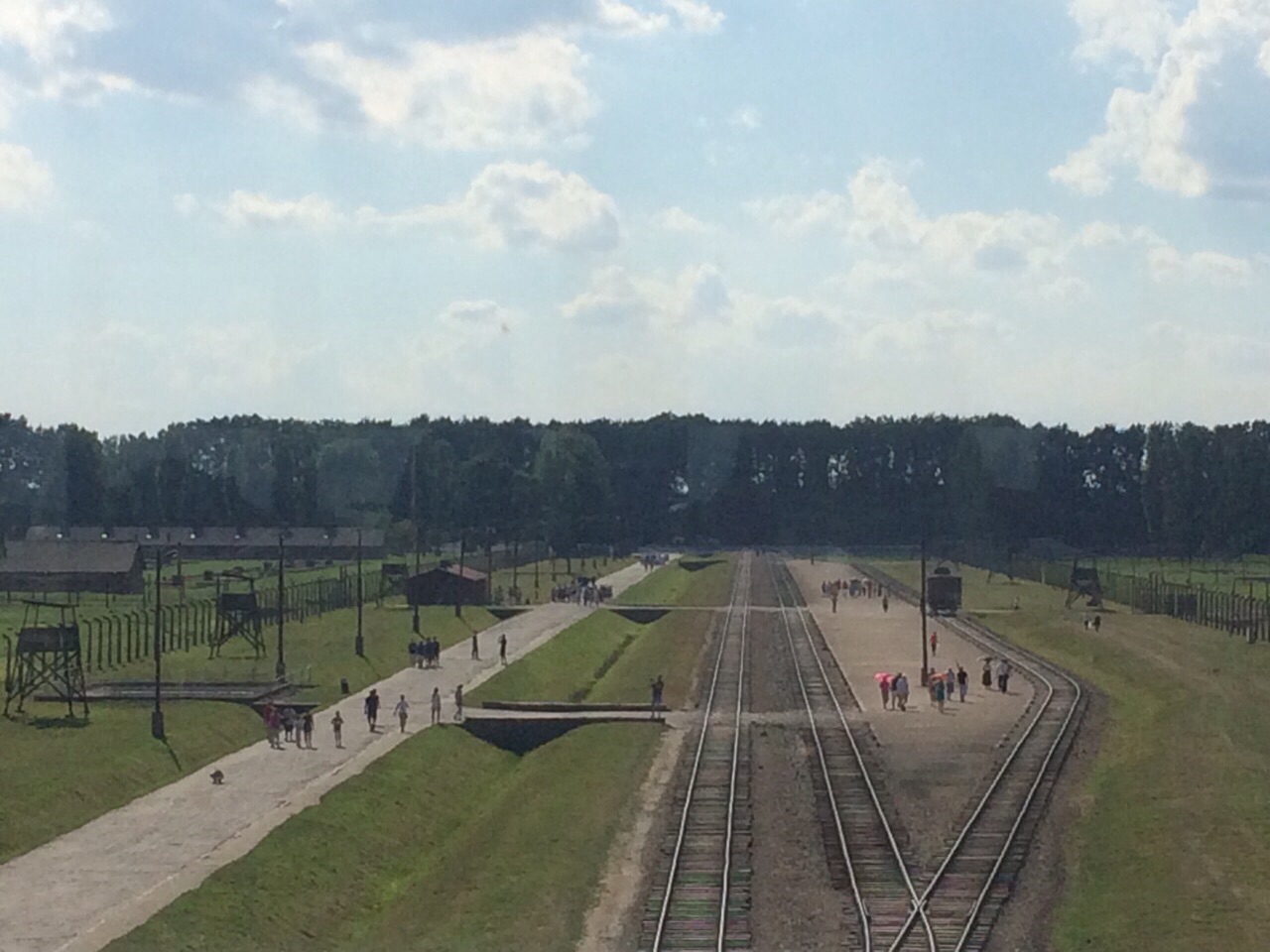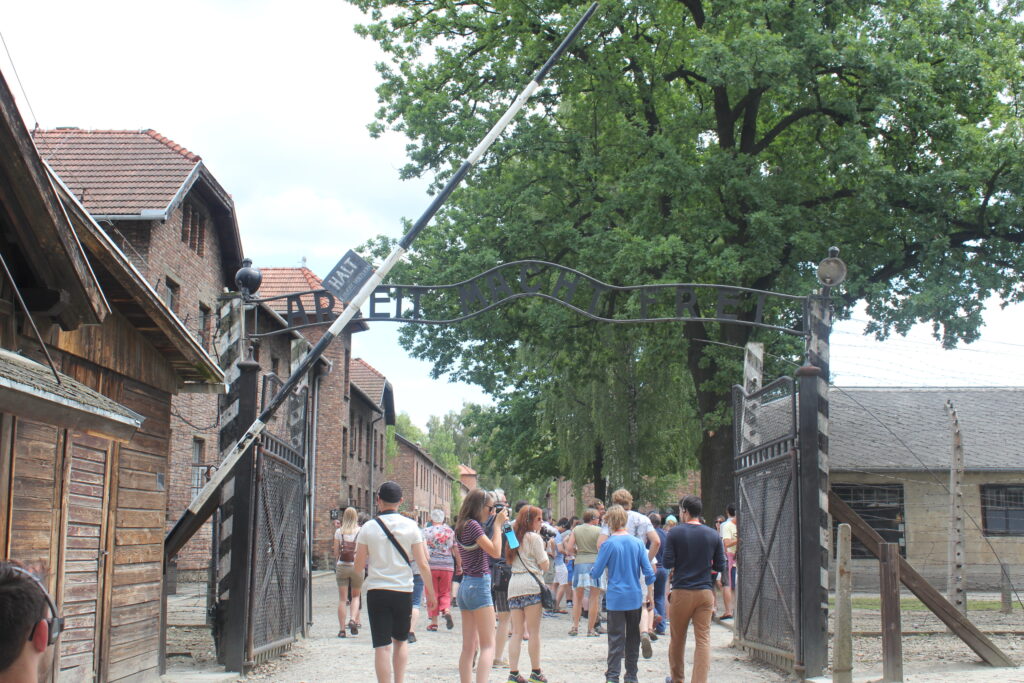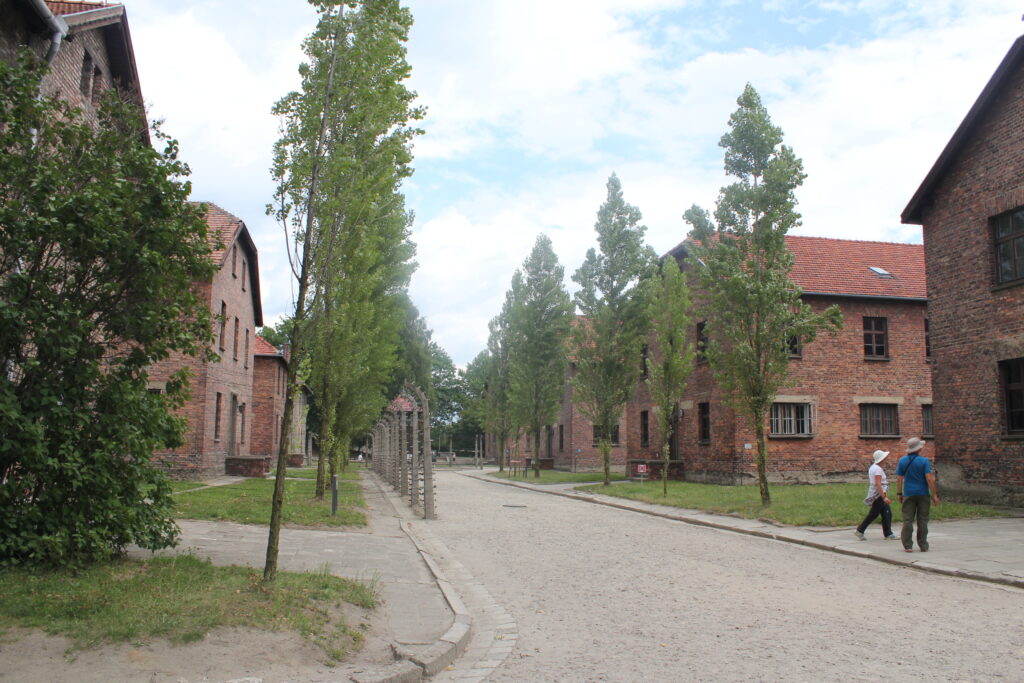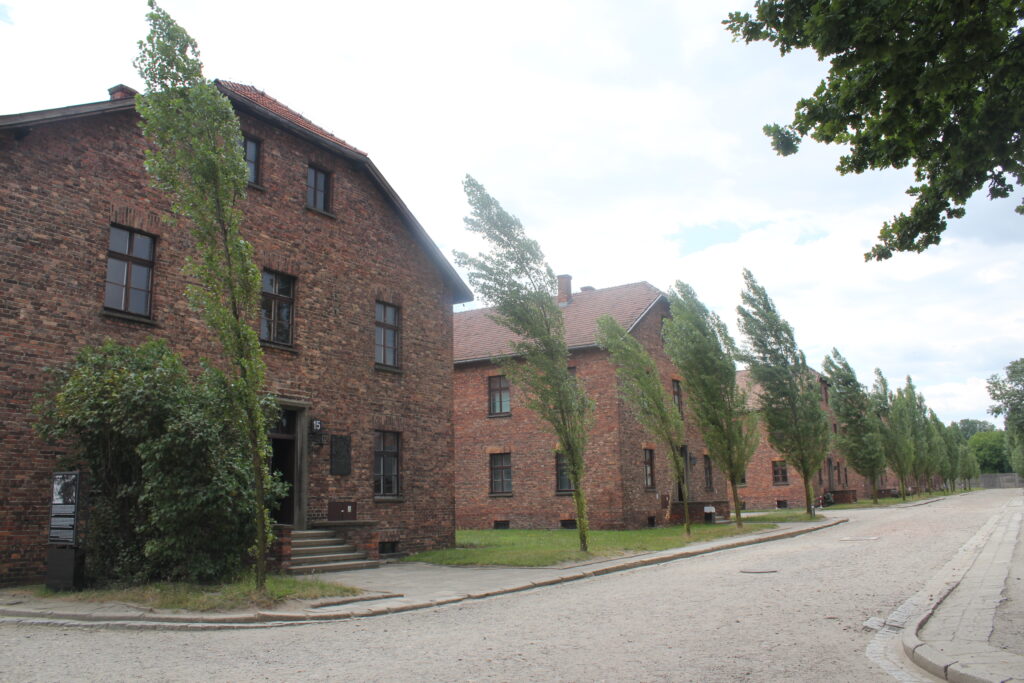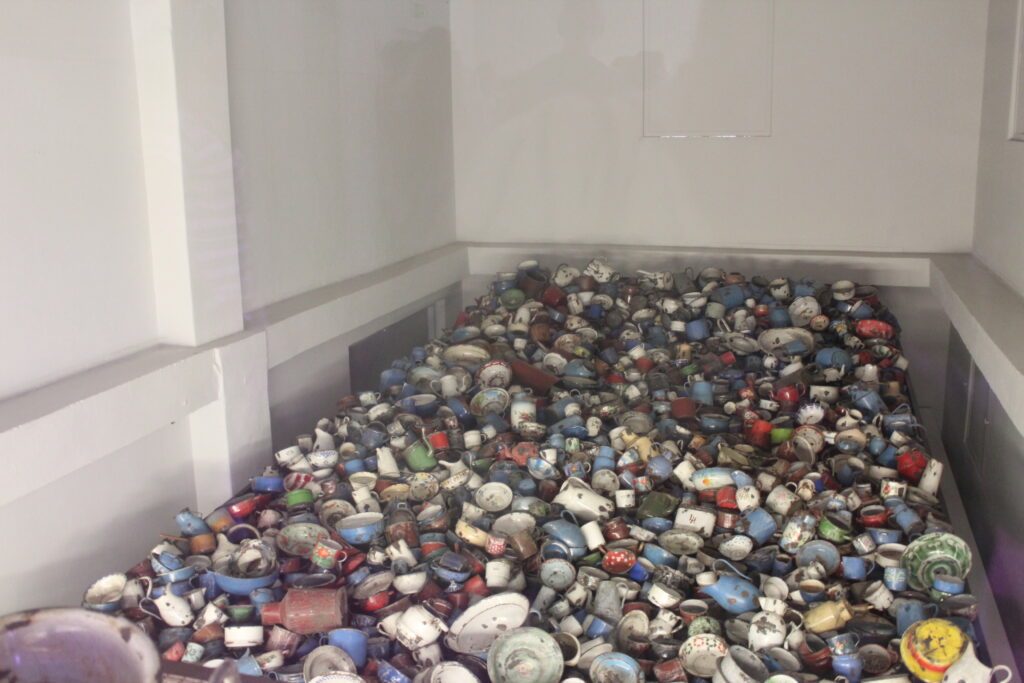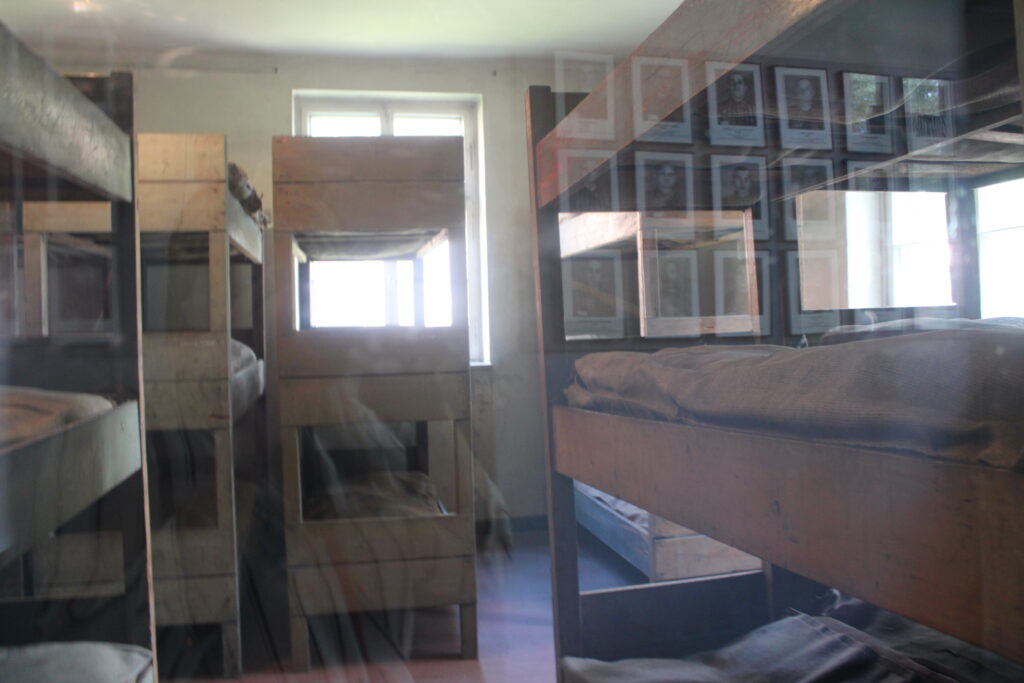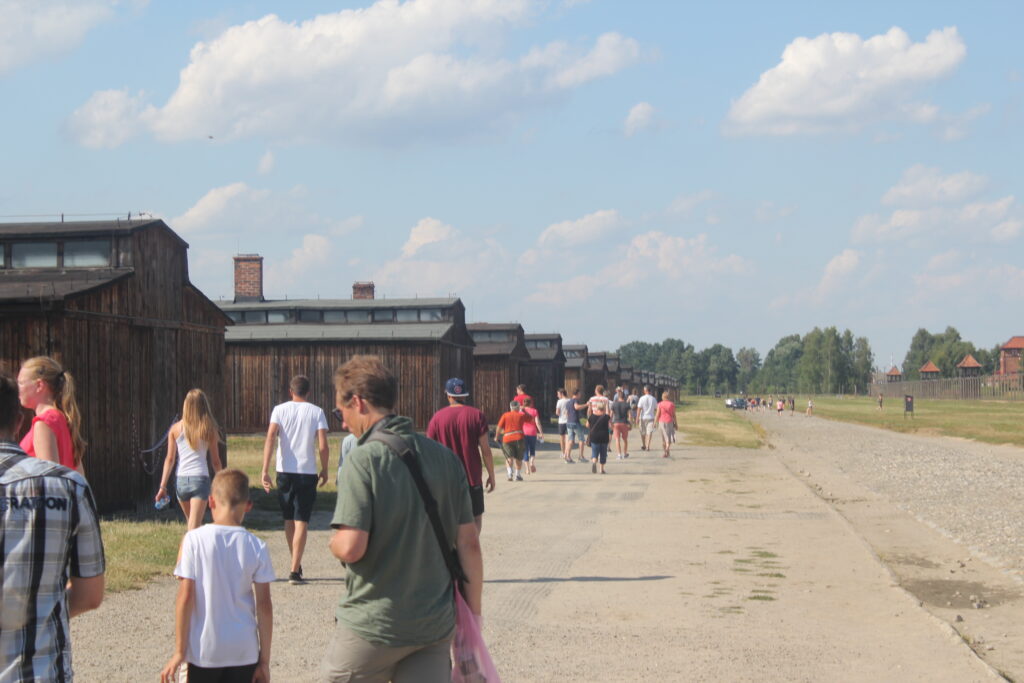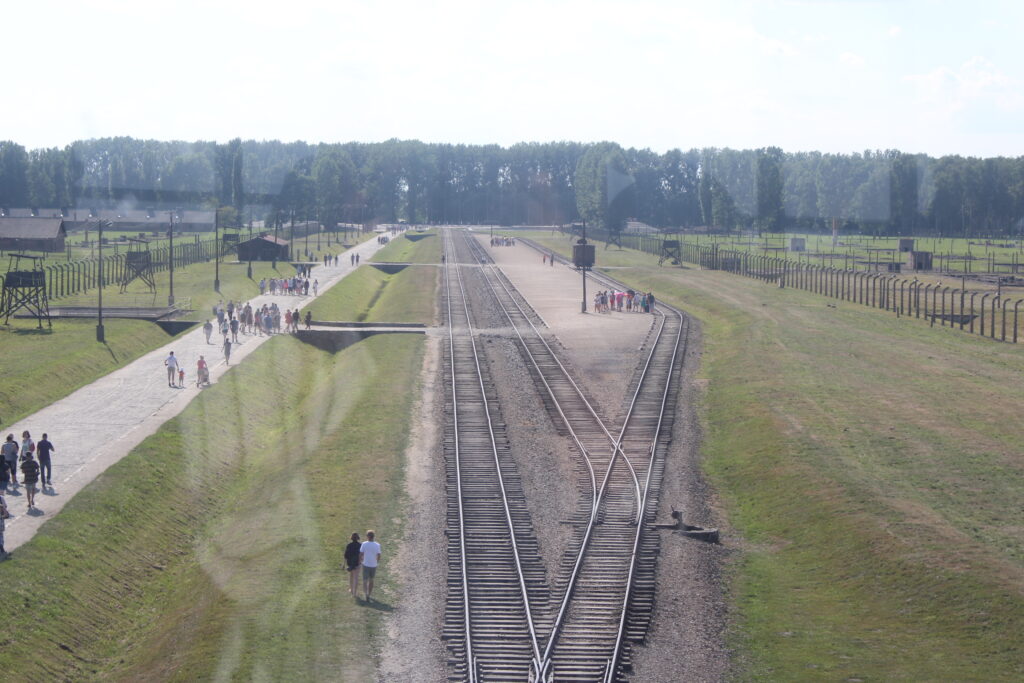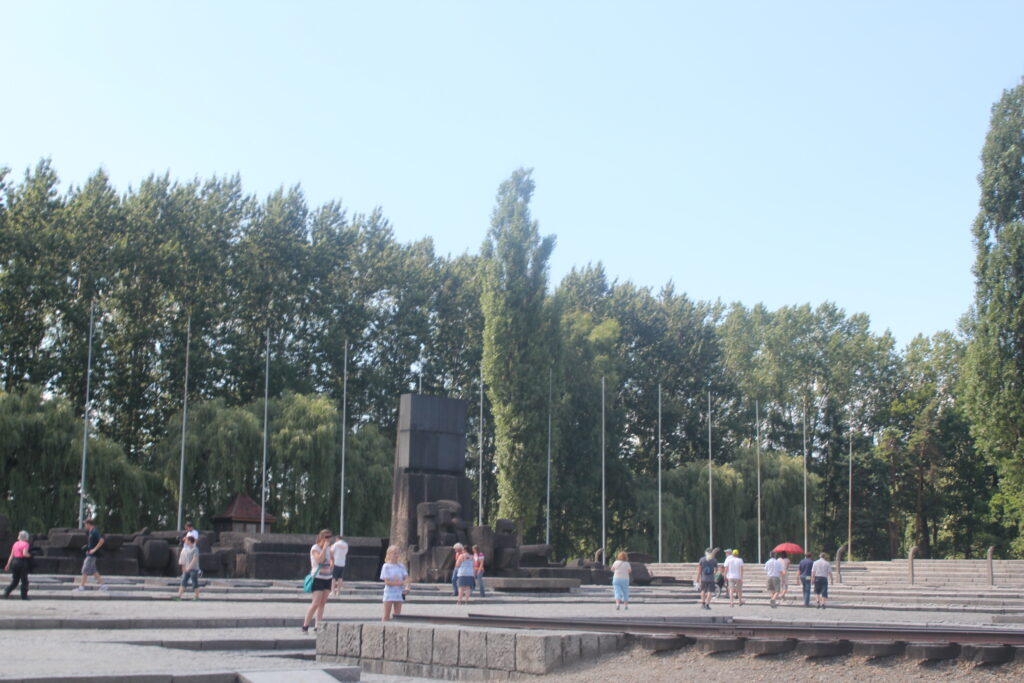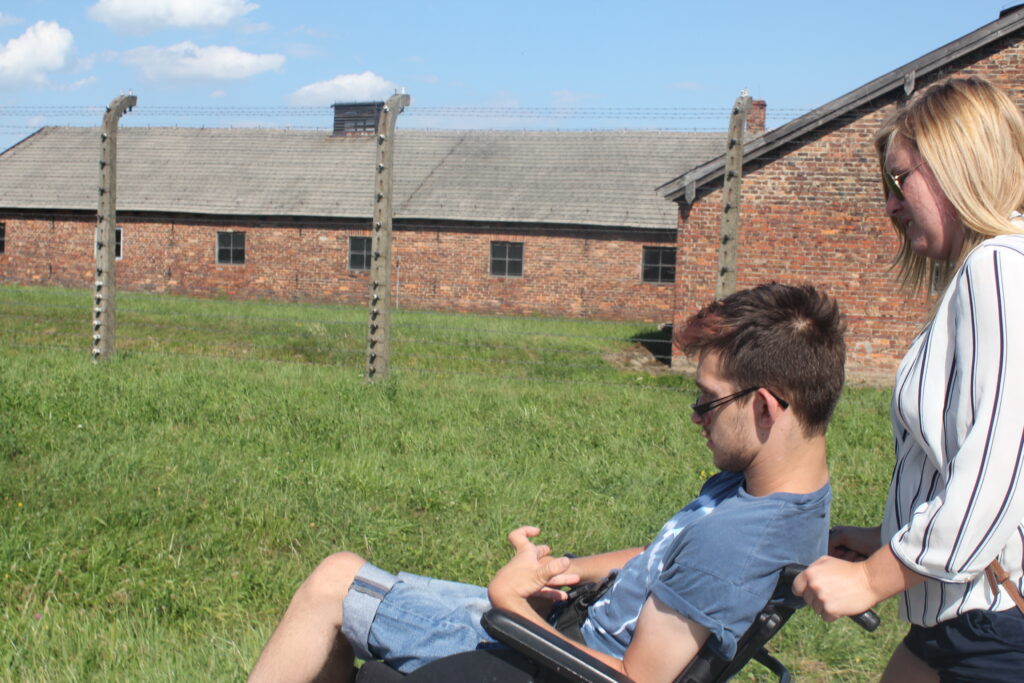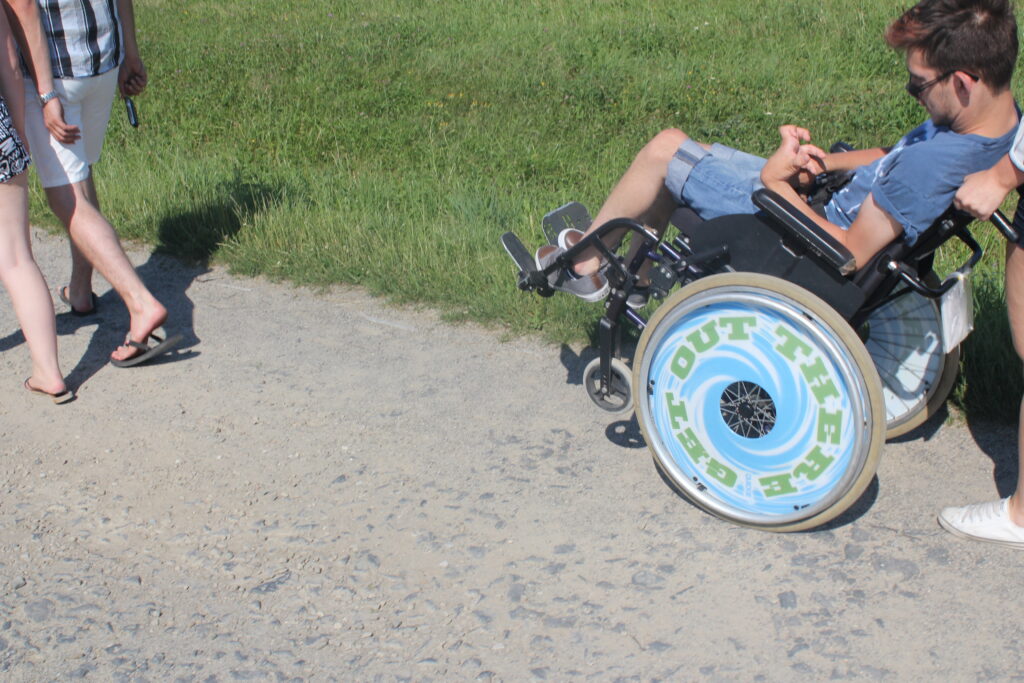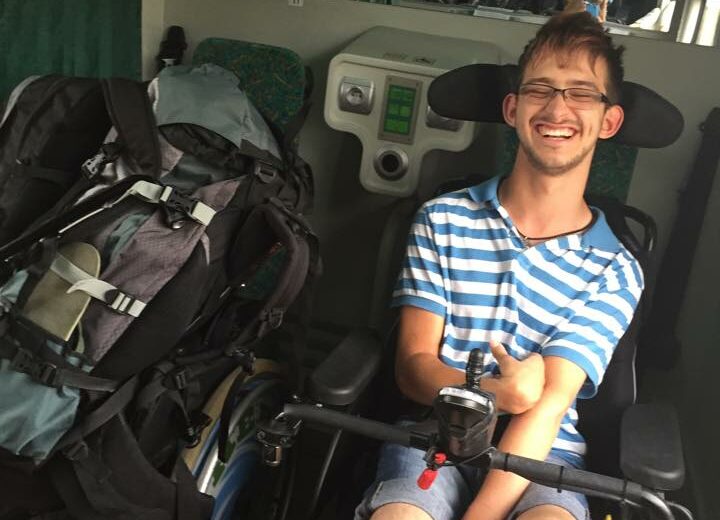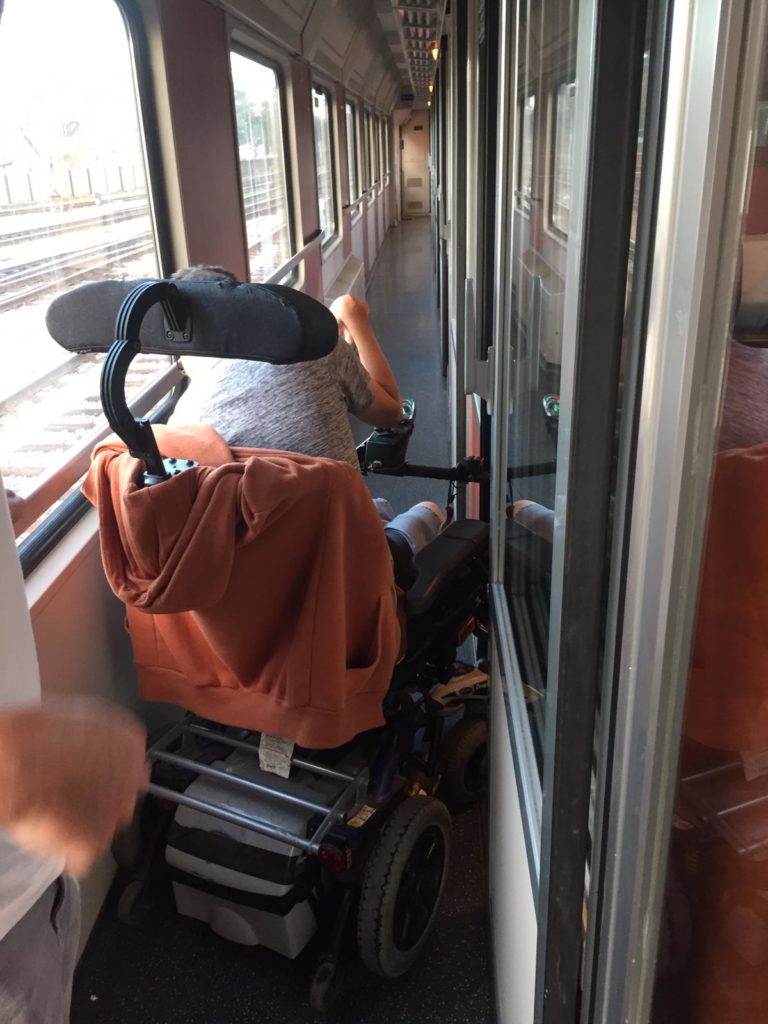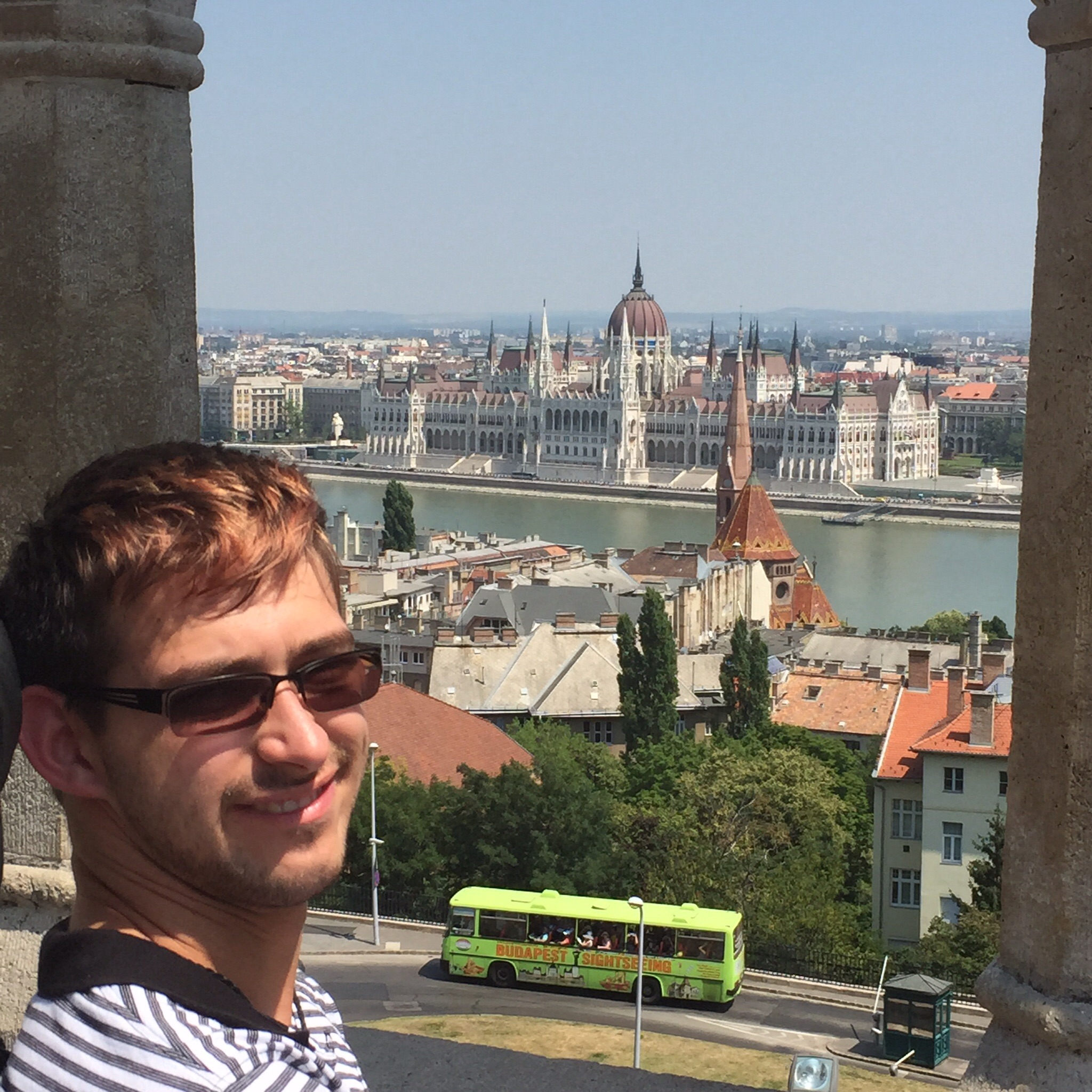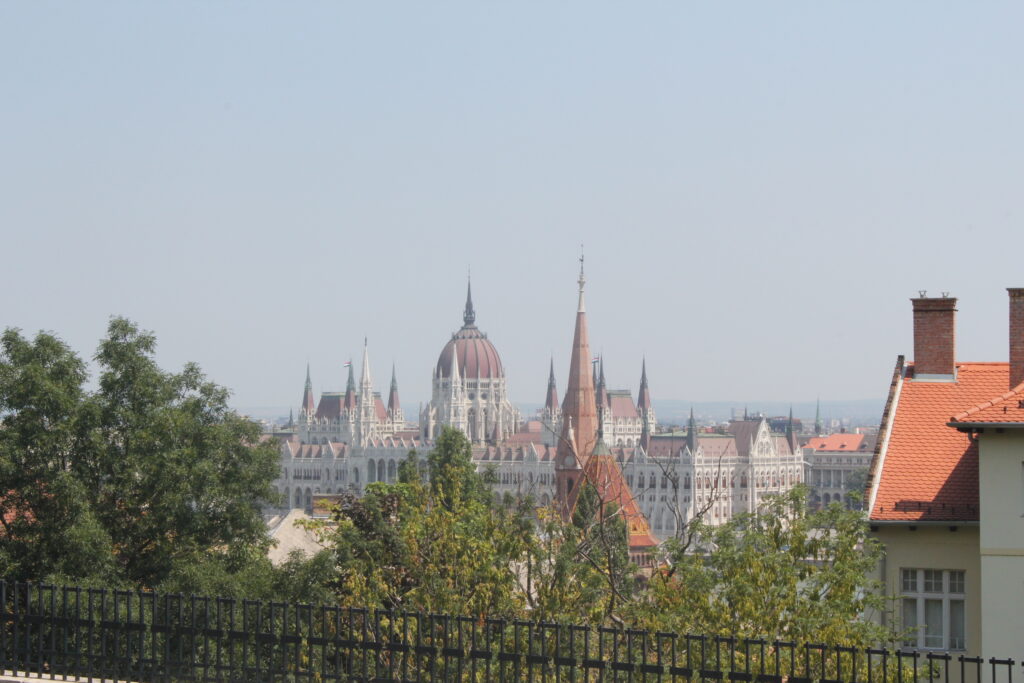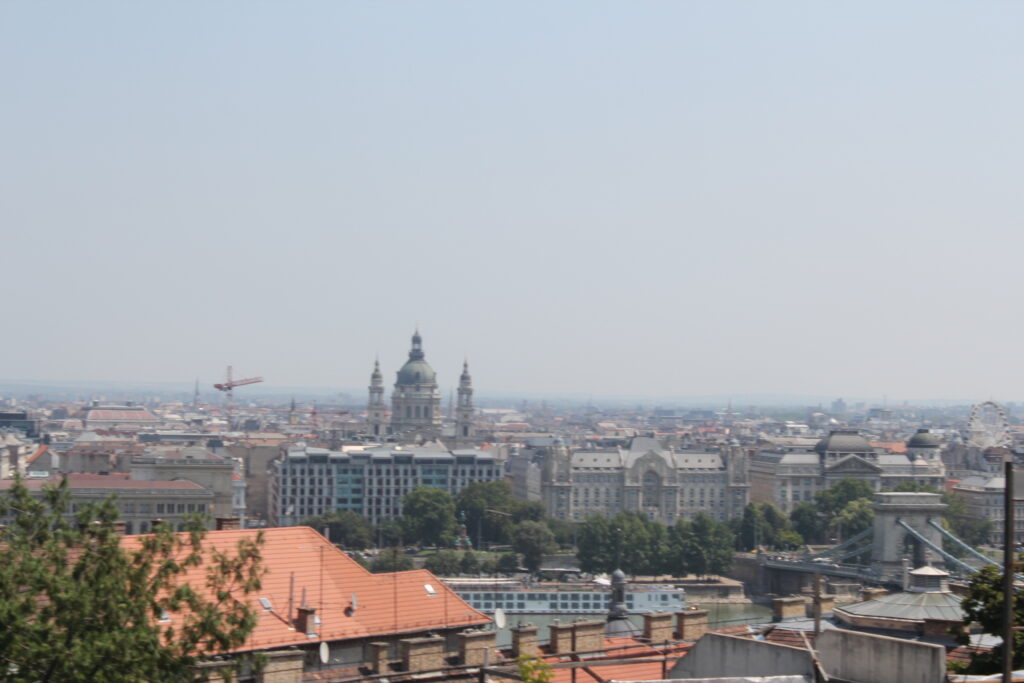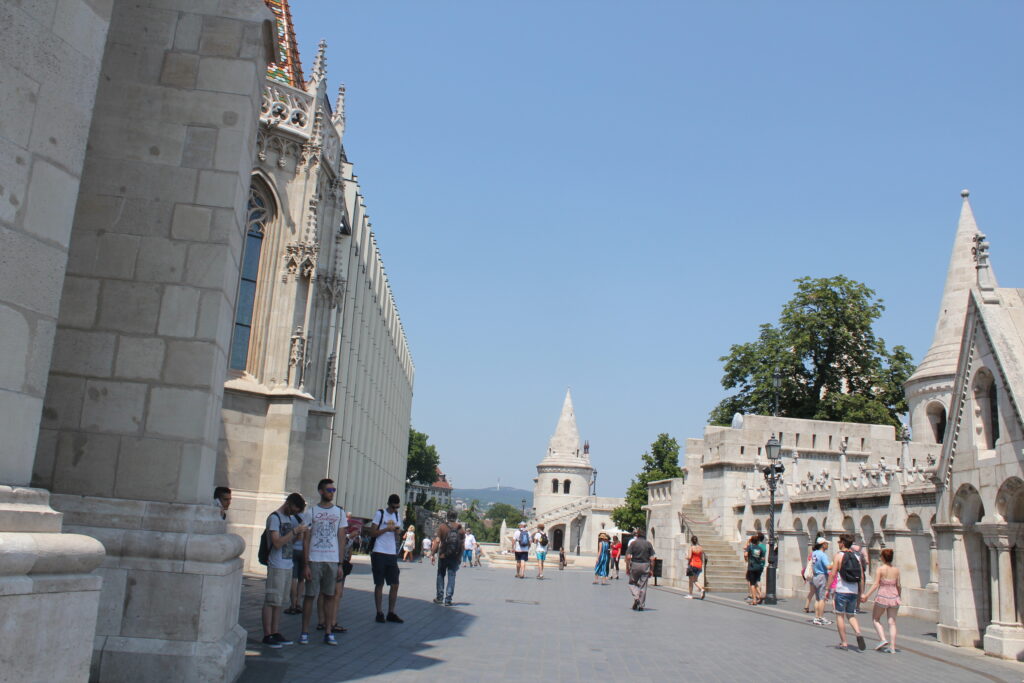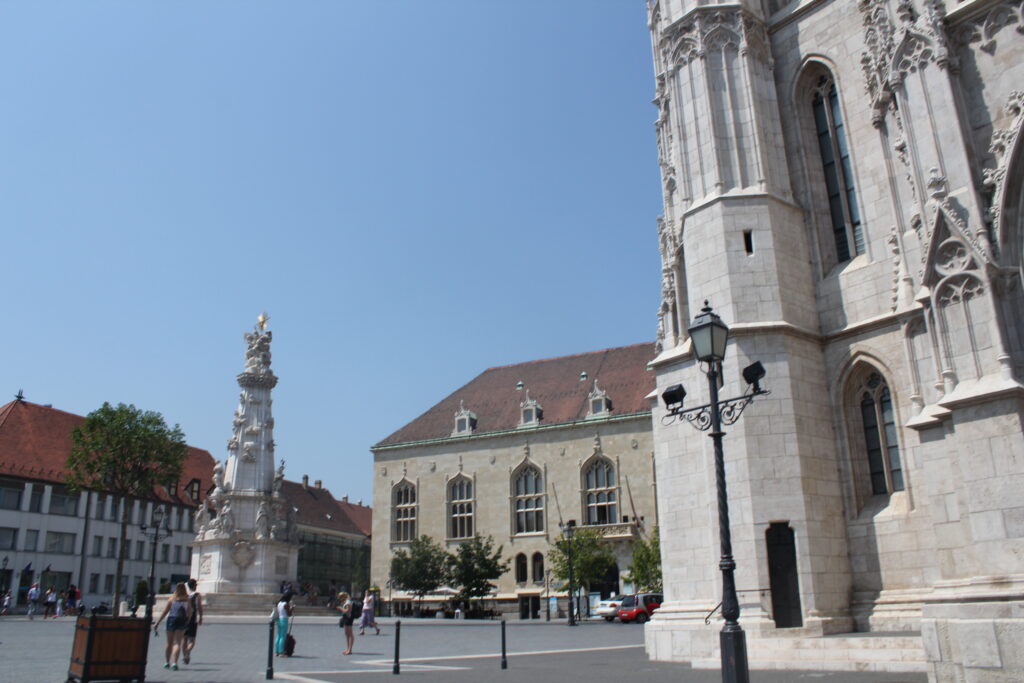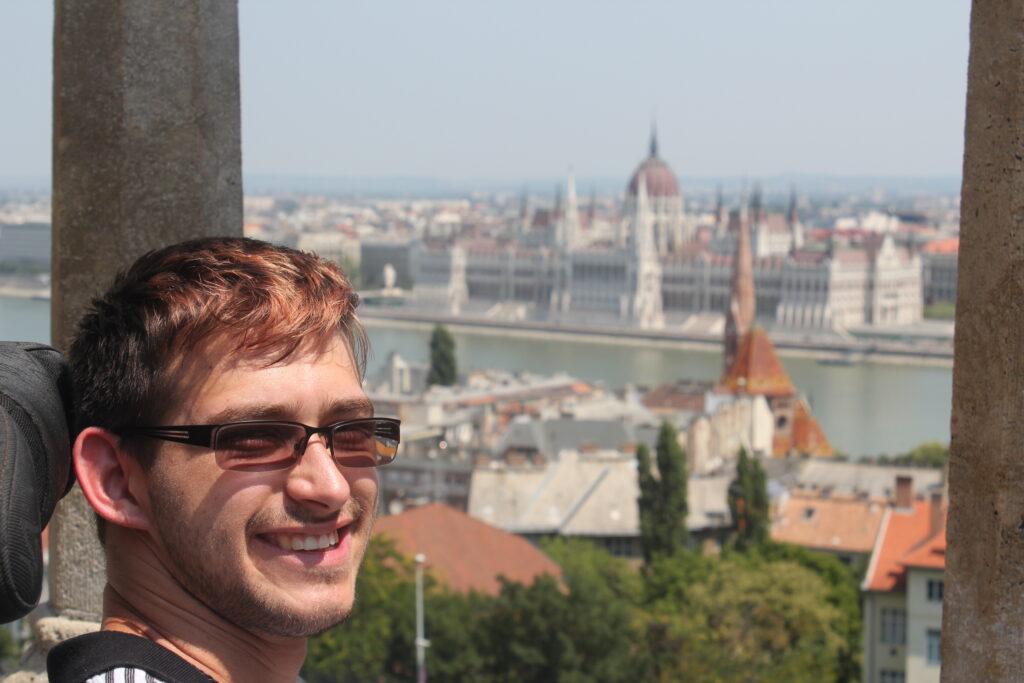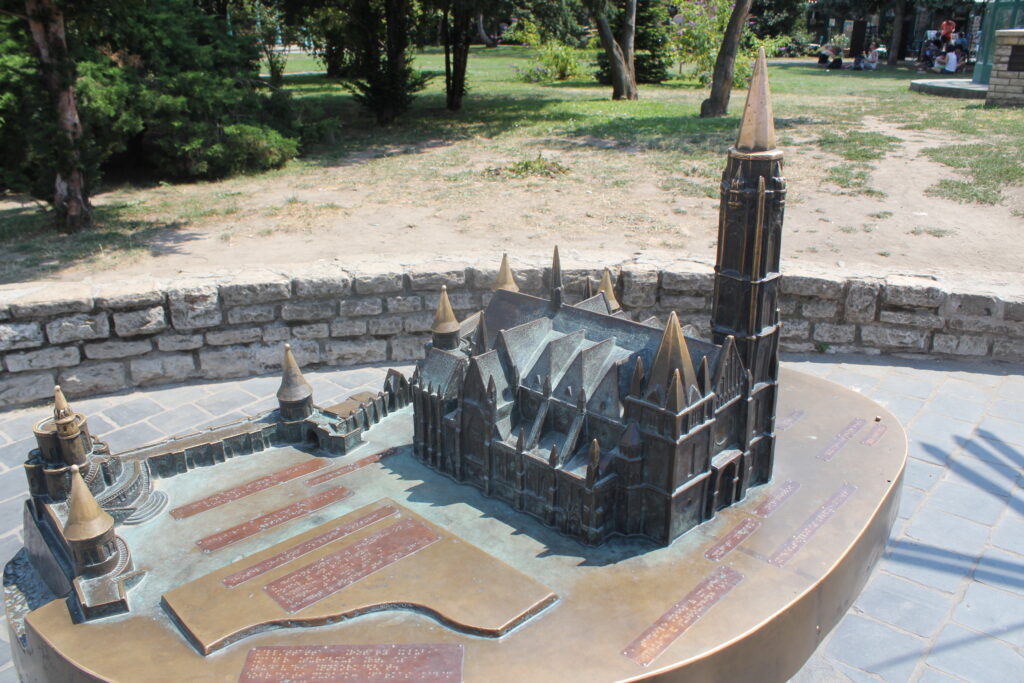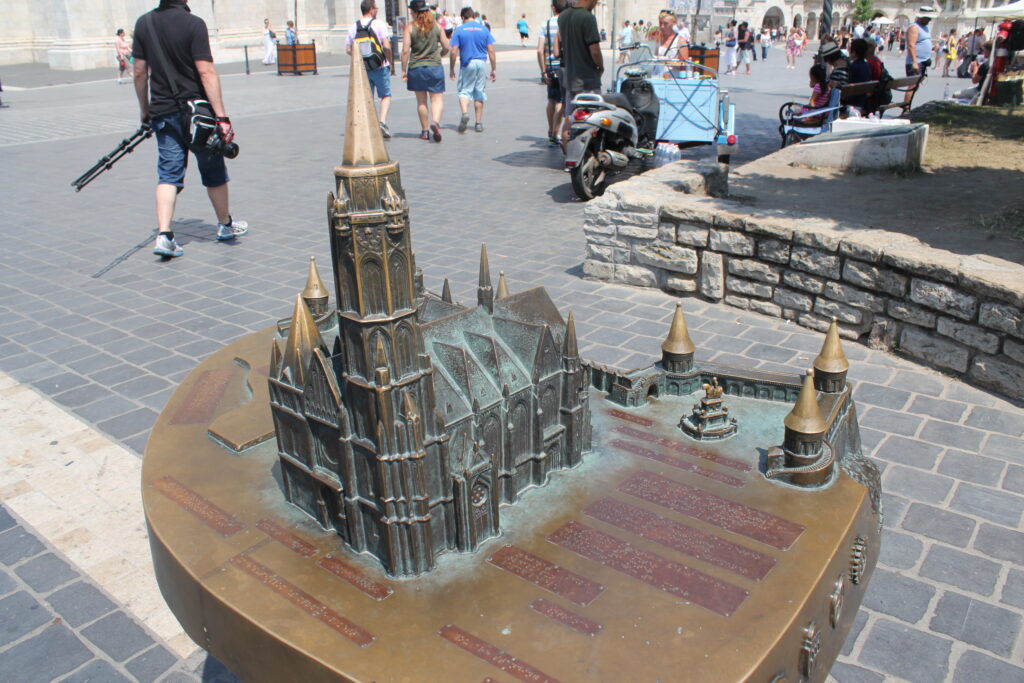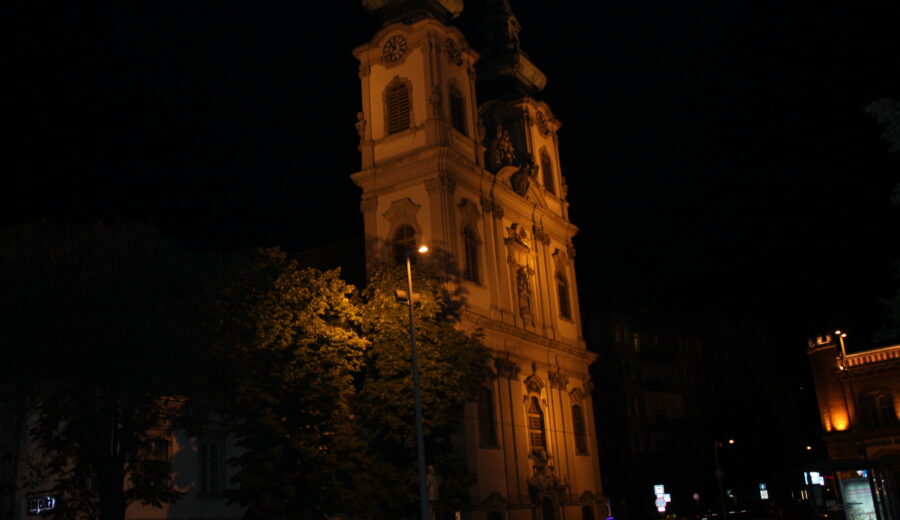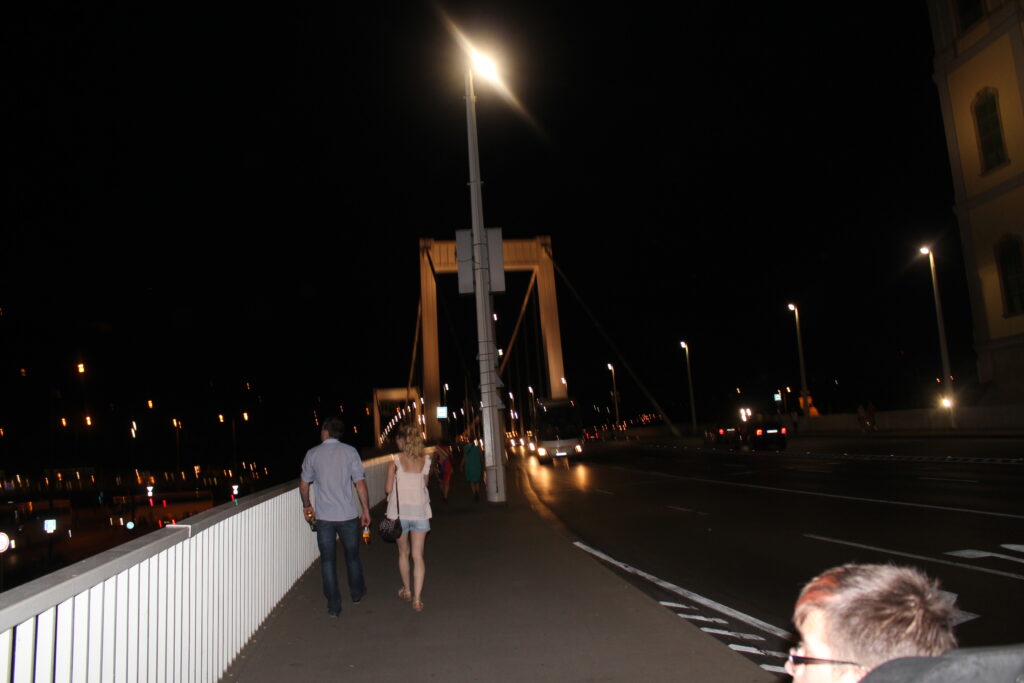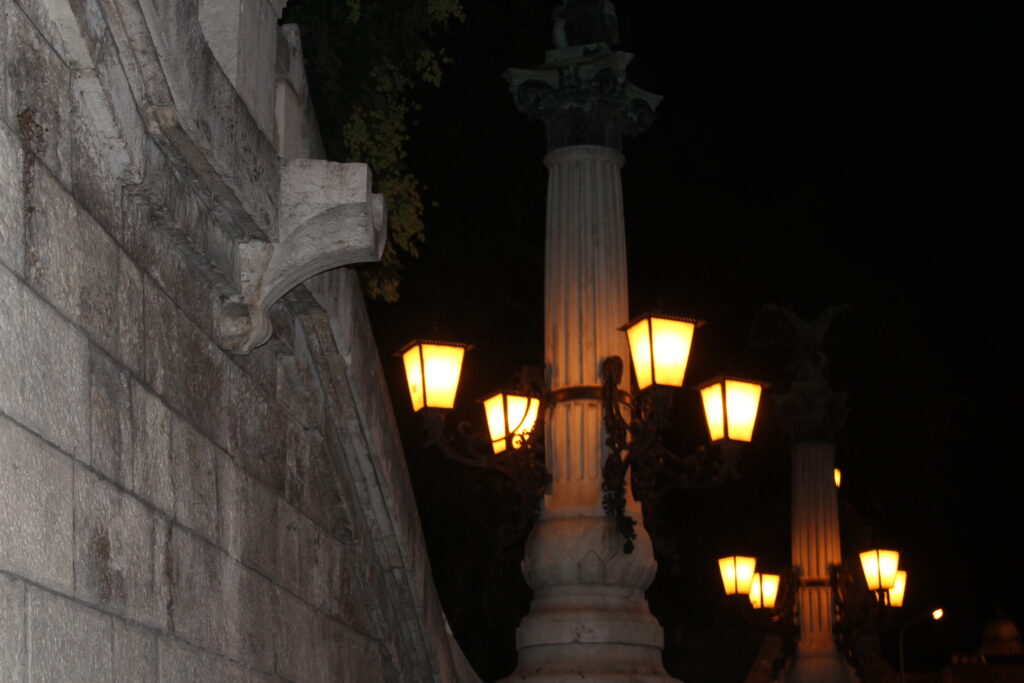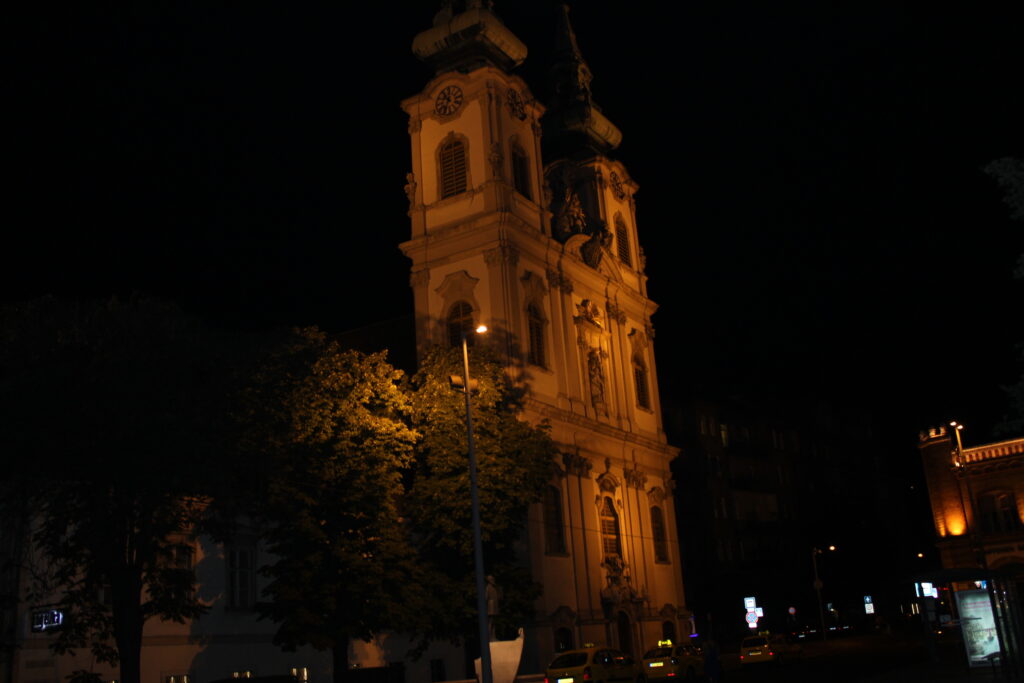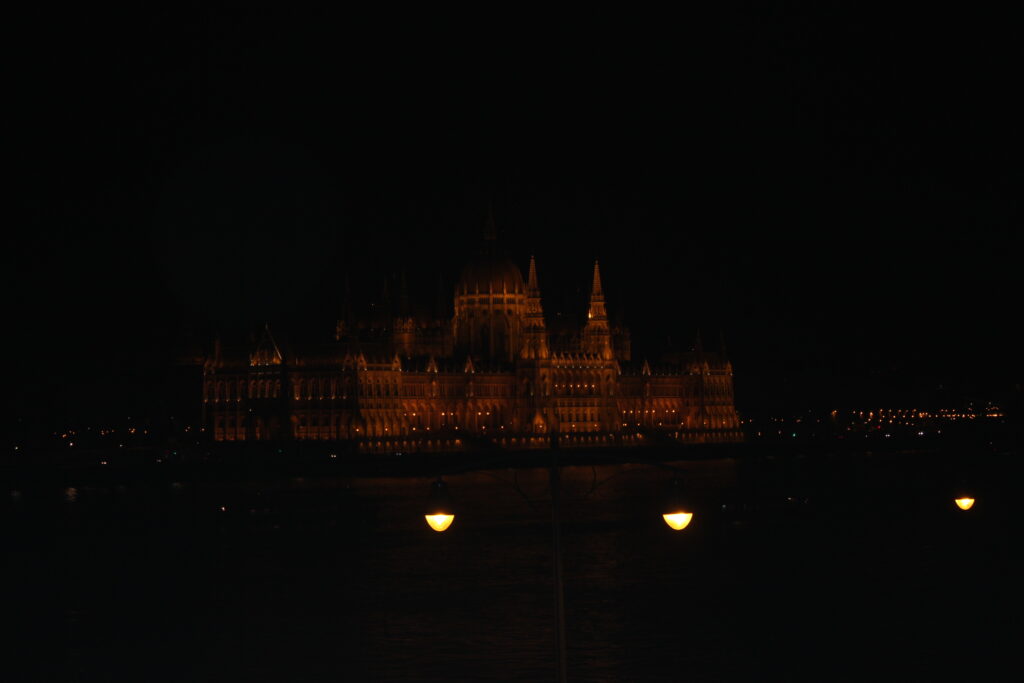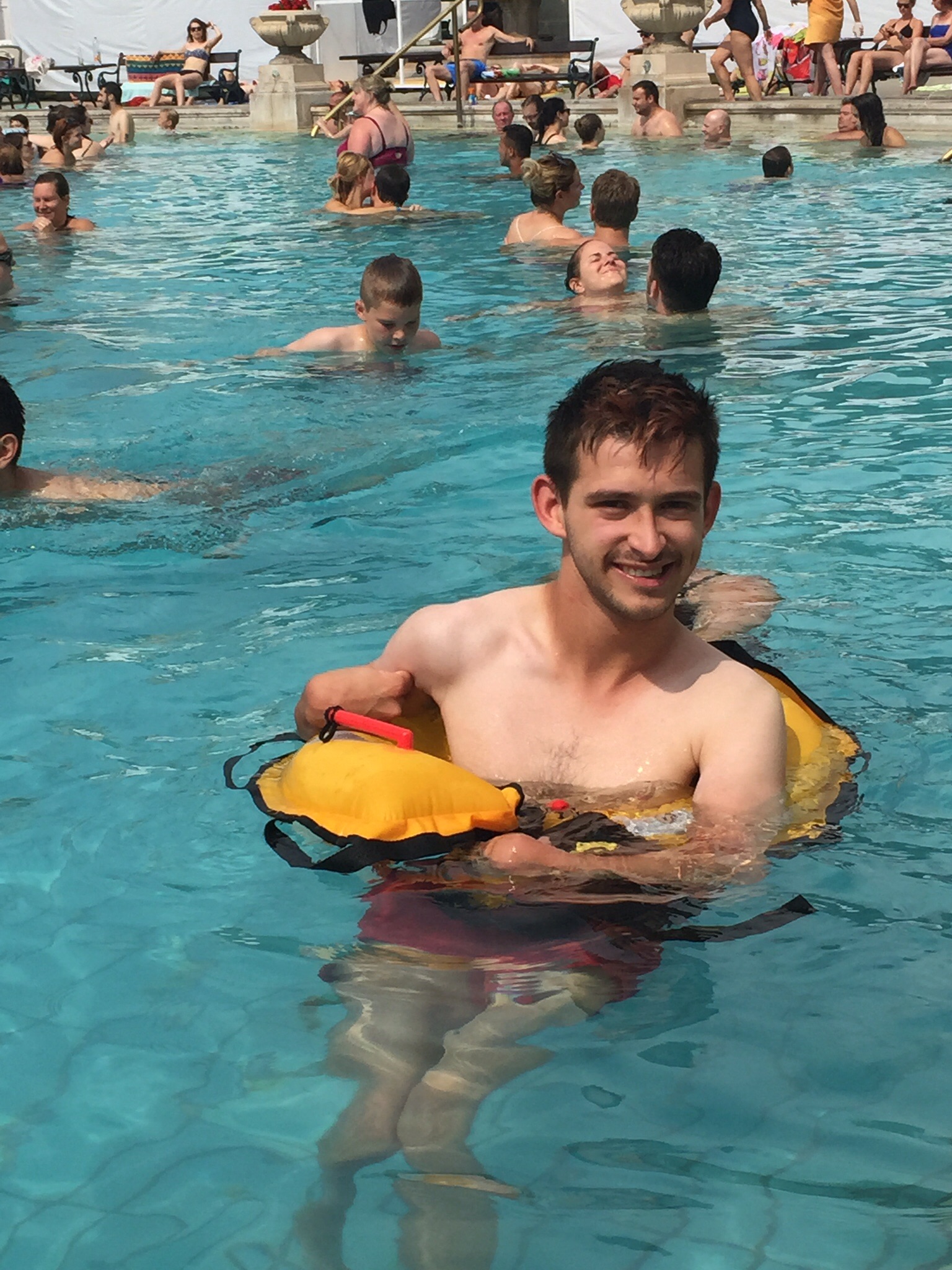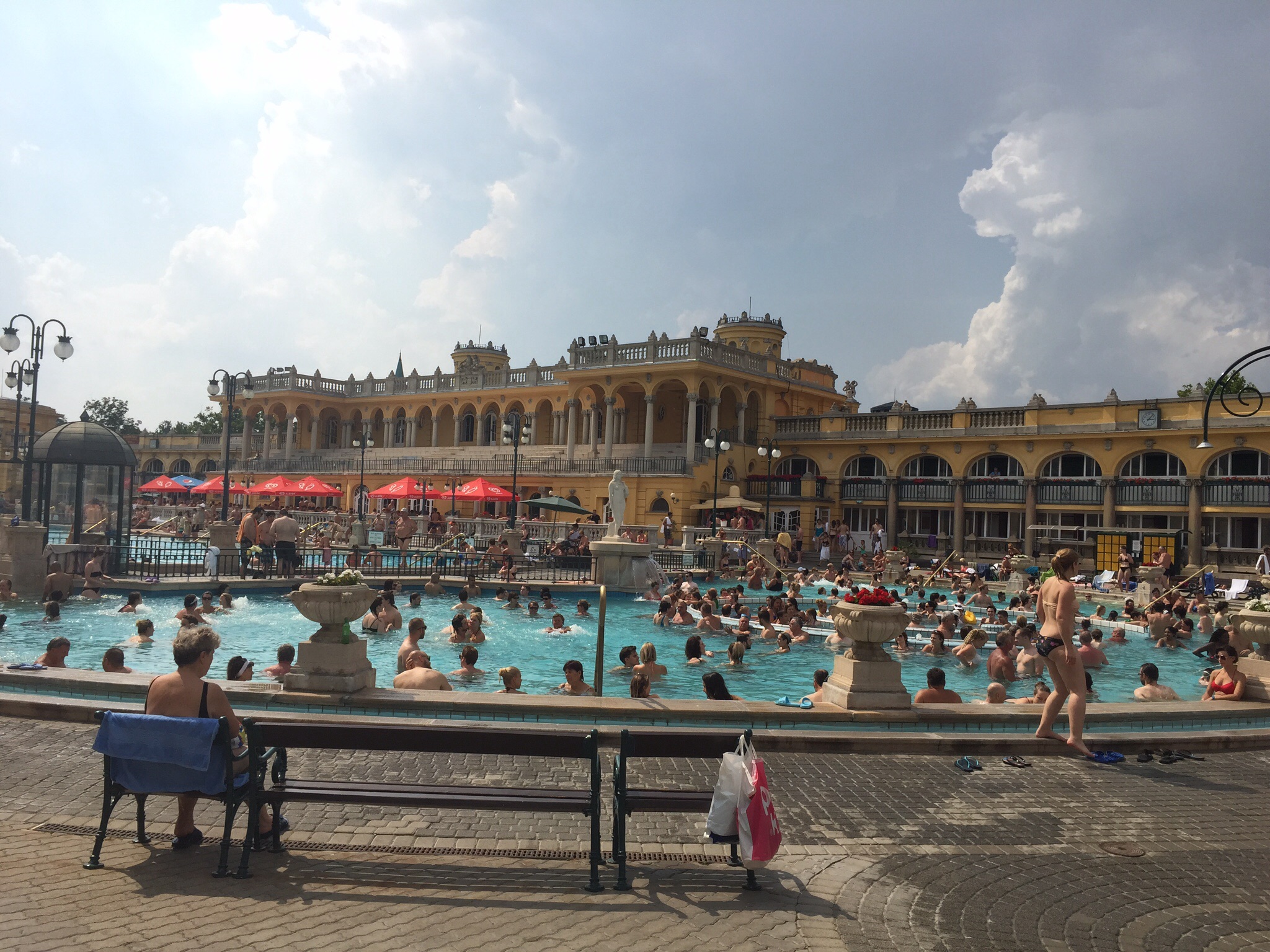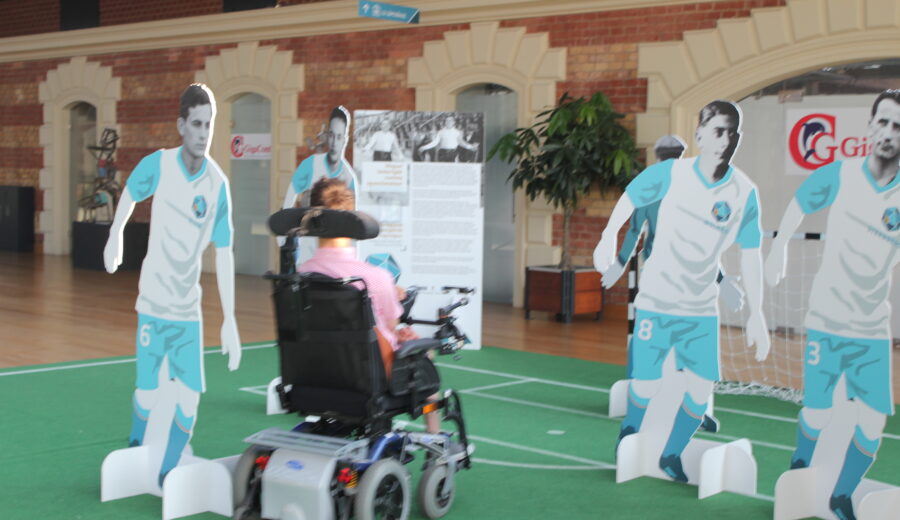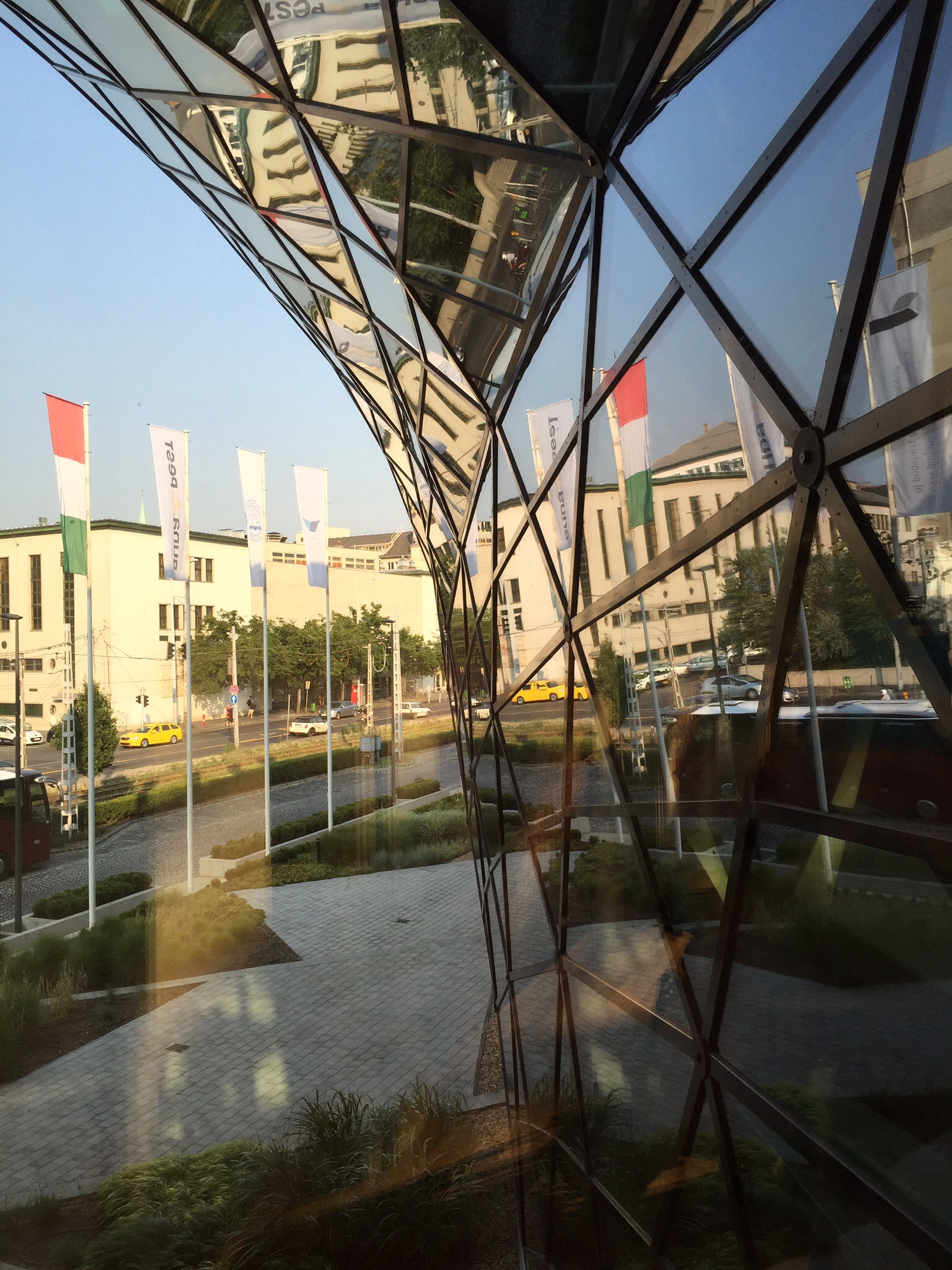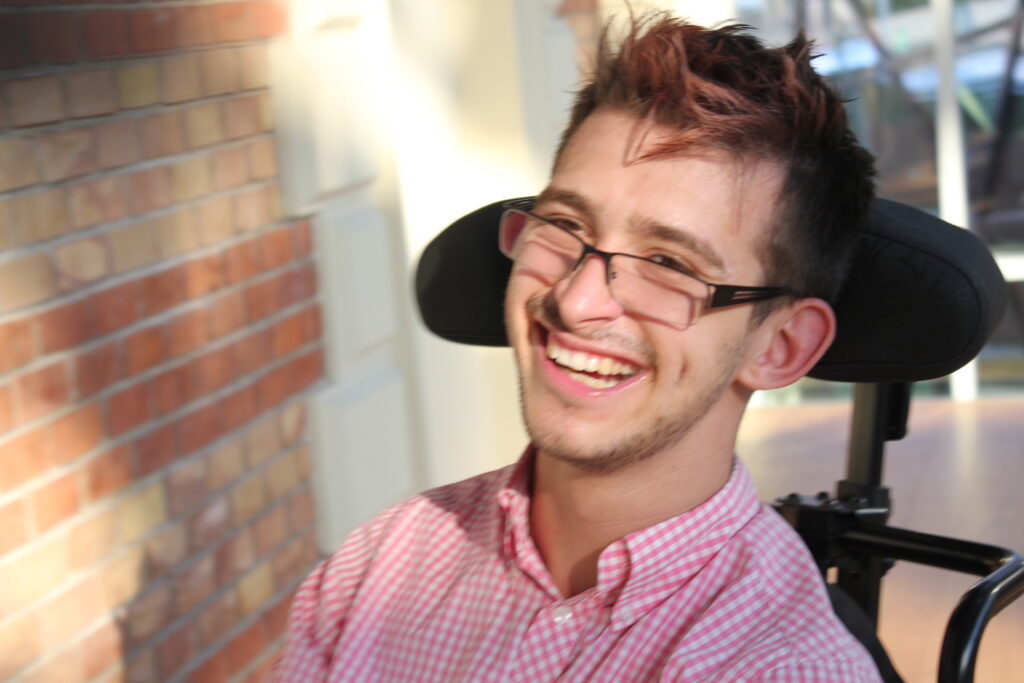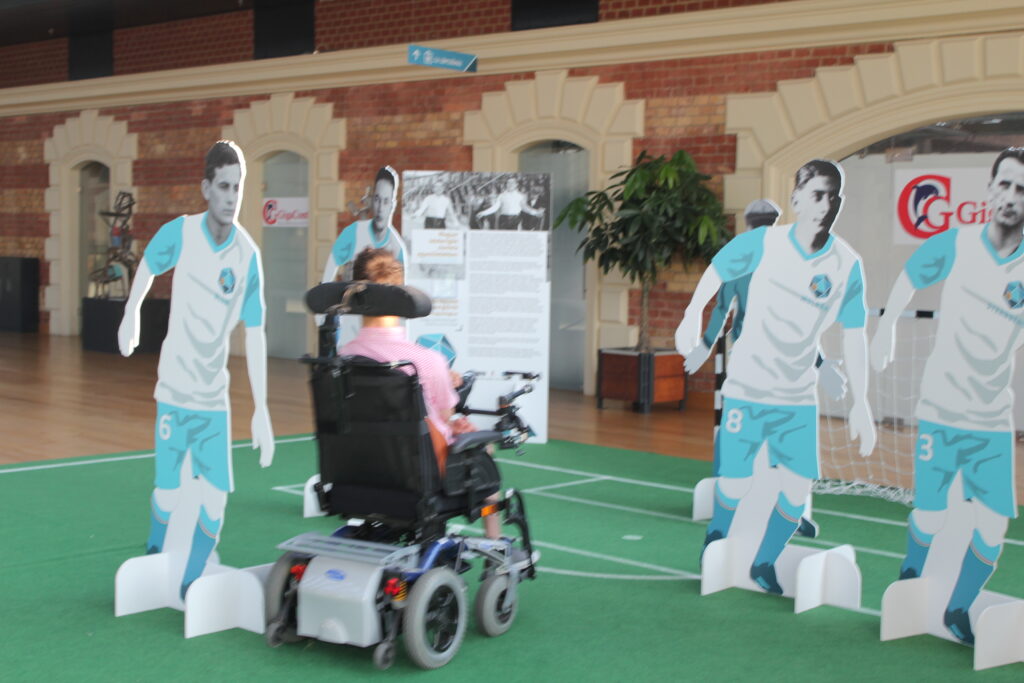Day 2.5 (Madrid) – City Accessibility
After a tour around the Santiago Bernabéu Stadium, one delved deeper into Madrid to gain a sense of the citys accessibility. From rolling around for a few hours, Madrid seems fairly easy to explore akin to many European capitals in terms of drop curbs being located in appropriate places etc…

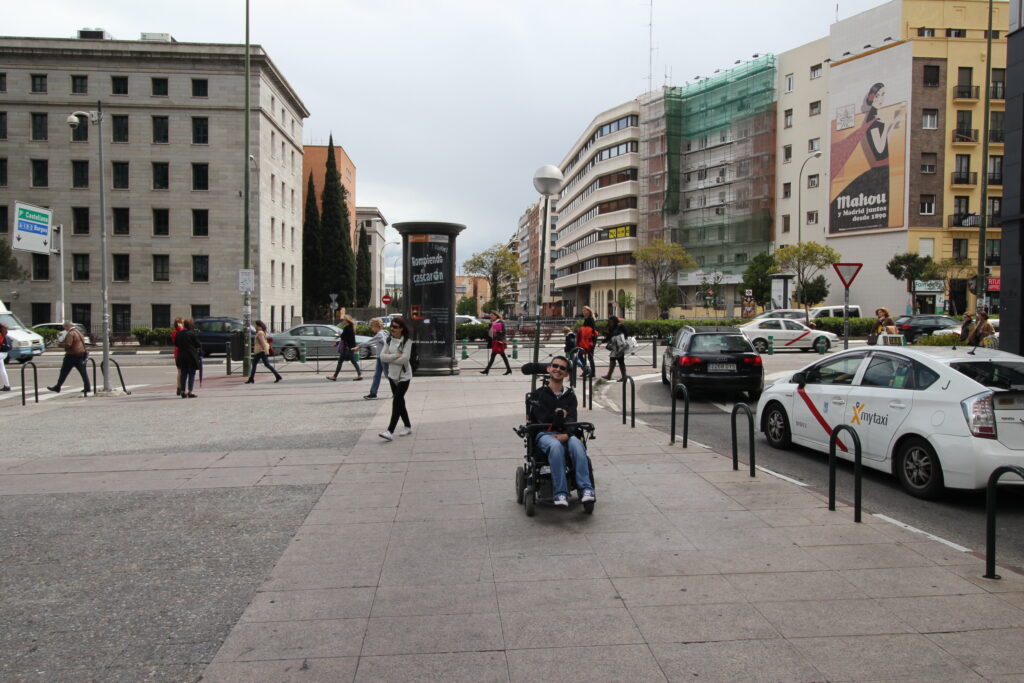
Near the Santiago Bernabéu Stadium, one stumbled upon a generic shopping centre. Now, it is common sense for shopping centres to sign post the location of the lift, right? Apparently not as the lift in this shopping centre appeared to be by the toilets with no sign postage. One says lift, it was actually a cargo lift which I swear dated back to the 1980’s!
A few hours later, the sun decided to appear meaning that one got to roll around the other financial district that Madrid possesses. As usual, ones artistic style of photography showed as we wandered around…

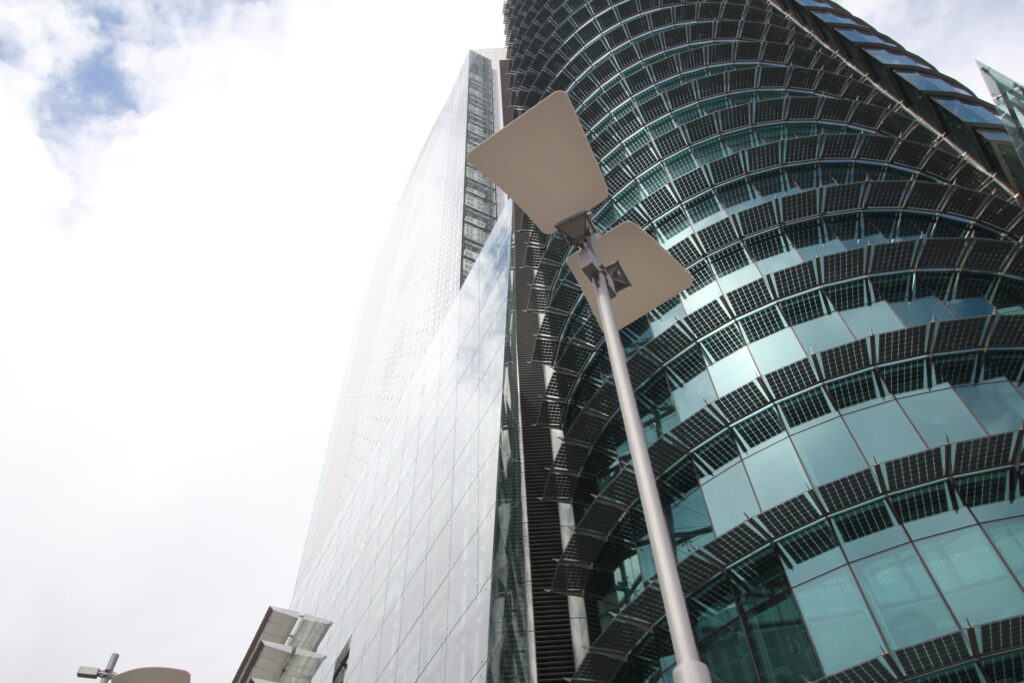
From here, one thought that the hotel would be easy to find due to the straight road going back and the Cuatro Torres Business Area being in close proximity but neither of these two were evident. To add to this, ones phone had no internet access. Heading down some back streets, we eventually found out that we were following one of the numerous metro lines albeit the wrong way! As there was an accessible metro station nearby, one couldn’t resist going on it to get back to the hotel.
In terms of accessibility, the metro reminded one a little of Paris as only a portion of stations are accessible. Depending on what line you wish to go on, the gap between the train and the platform edge varies. In this case, Superbunny was required to take a leap of faith whilst attempting not to run over anybody.
Tomorrow, we head across the city using the metro network to the Faro de Moncloa in addition to Madrid’s Atocha railway station!





